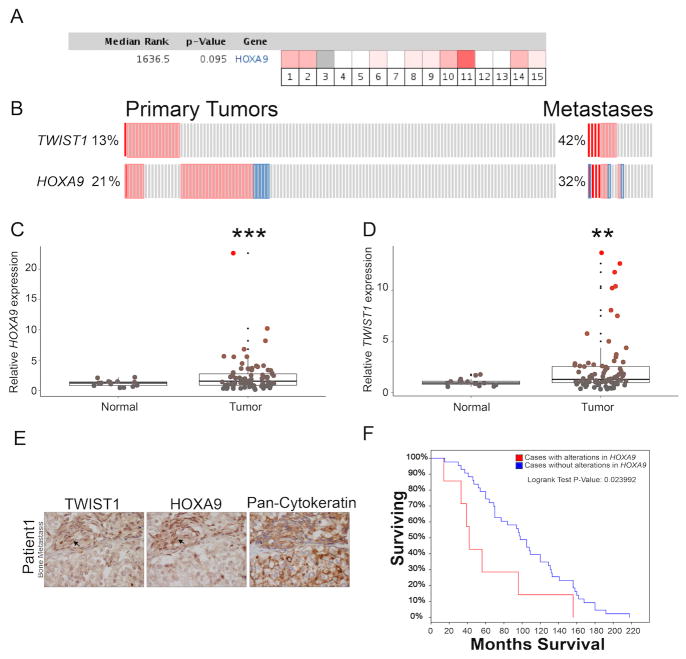Figure 3. TWIST1 and HOXA9 are co-overexpressed in metastatic CaP and correlate with poor survival.
(A) HOXA9 trended towards overexpression in several sets of prostate adenocarcinoma gene expression data analyzed using Oncomine (n=15 independent microarray datasets equaling 700 primary CaP samples and 313 normal prostates, p=0.095). (B) TWIST1 and HOXA9 trended towards co-amplification/overexpression in a subset of primary tumors from patients with prostate adenocarcinoma using the cBio portal (MKSCC Prostate Adenocarcinoma dataset, n=131 patient samples, p=0.12). (C, D) HOXA9 and TWIST expression in a commercially available cDNA array of CaP tissue samples compared to normal prostate tissue (n=91 CaP patient samples, Mann-Whitney t-test: **, p< 0.01; and ***, p<0.001). (E) TWIST1 and HOXA9 co-overexpression is enriched in prostate adenocarcinoma metastases (Fisher's exact test, n=19, p=0.024). (F) Amplification of HOXA9 is associated with shorter survival in patients with prostate adenocarcinoma, analyzed from cBio (Michigan Prostate Adenocarcinoma dataset, n=61 patients, p<0.024, Log rank test). (G-H) Representative example of TWIST1, HOXA9 and IgG/pan-cytokeratin on adjacent serial sections of a primary and bone metastasis from prostate adenocarcinoma patients. Arrows highlight TWIST and HOXA9 co-expression in the nuclei of tumor cells.

